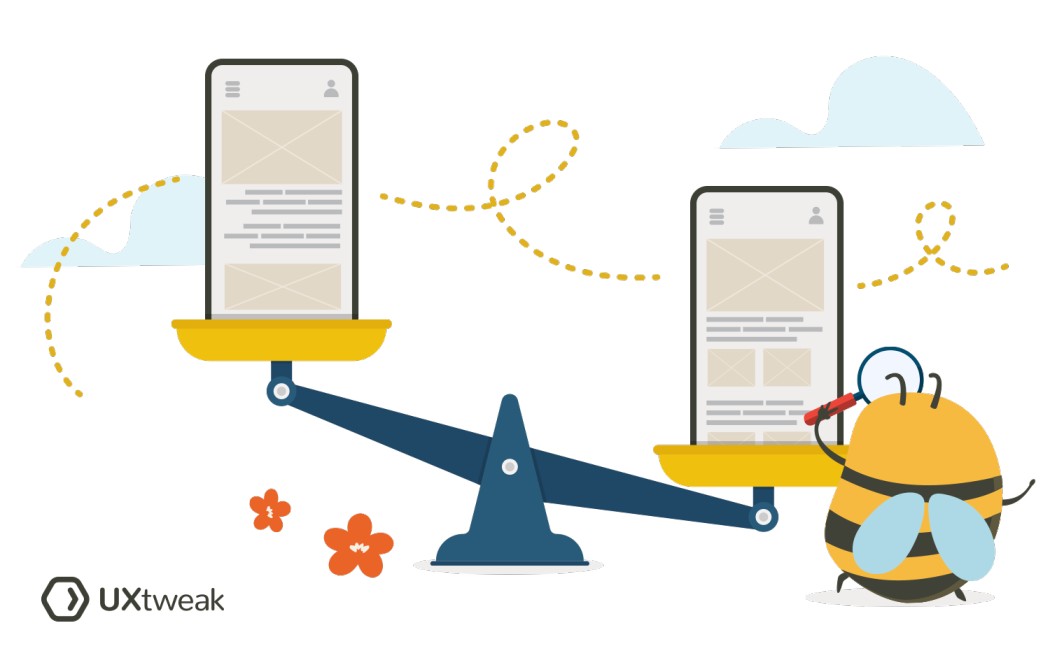Why is product differentiation important?
- Market Competition: Product differentiation is crucial in competitive markets. It aids in crafting a unique selling proposition. This attracts customers seeking specific features or benefits. These unique aspects help set the product apart.
- Customer Satisfaction: Customers find value in products that meet their needs. This alignment enhances their overall experience. As a result, it builds customer loyalty.
- Brand Positioning: Emphasizing unique qualities is key for companies. It enables them to position their brand as innovative, superior, or specialized. This allows them to target specific market segments. They can also command premium pricing.
- Market Share and Revenue: Product differentiation strategies can be successful. They can help companies capture a larger market share. This is achieved by attracting customers who value the distinctive features of their products.
What is a product differentiation strategy?
A product differentiation strategy is a deliberate approach taken by companies to create a competitive edge and stand out in the market. This strategy aims to position the product as superior or distinct, enabling the company to attract customers, command premium pricing, and gain market share.
Key components of a product differentiation strategy:
- Unique Features: Highlighting features or functionalities that are not commonly found in competing products, providing a clear value proposition to customers.
- Quality and Reliability: Emphasizing superior quality, durability, and reliability compared to competitors, instilling confidence and trust in the product.
- Design and Aesthetics: Creating a visually appealing and well-designed product that offers a premium look and feel, enhancing the overall customer experience.
- Branding and Image: Cultivating a strong brand identity and positioning the product as a symbol of status, innovation, or environmental sustainability.
- Customer Service and Support: Offering exceptional customer service, warranties, or after-sales support that exceeds customer expectations and provides added value.
How to develop a product differentiation strategy?
- Understand your Target Market: Identify the specific needs and preferences of your target market through product research and customer insights.
- Identify Unique Value Proposition: Determine what sets your product apart from competitors and define its unique value proposition.
- Conduct Competitive Analysis: Analyze competitor products and strategies to identify opportunities for differentiation.
- Define Brand Positioning: Establish a clear brand positioning that communicates the unique attributes and benefits of your product.
- Enhance Customer Experience: Focus on providing exceptional customer service, personalized interactions, and seamless experiences throughout the customer journey.
FAQ
An example of product differentiation is a clothing brand that differentiates itself by using sustainable and eco-friendly materials in its products. This unique selling point sets it apart from competitors and attracts environmentally conscious customers.
Yes, small businesses can successfully differentiate their products from larger competitors by focusing on niche markets, personalized customer experiences, exceptional customer service, specialized expertise, unique brand positioning, and creating a strong connection with their target audience.






